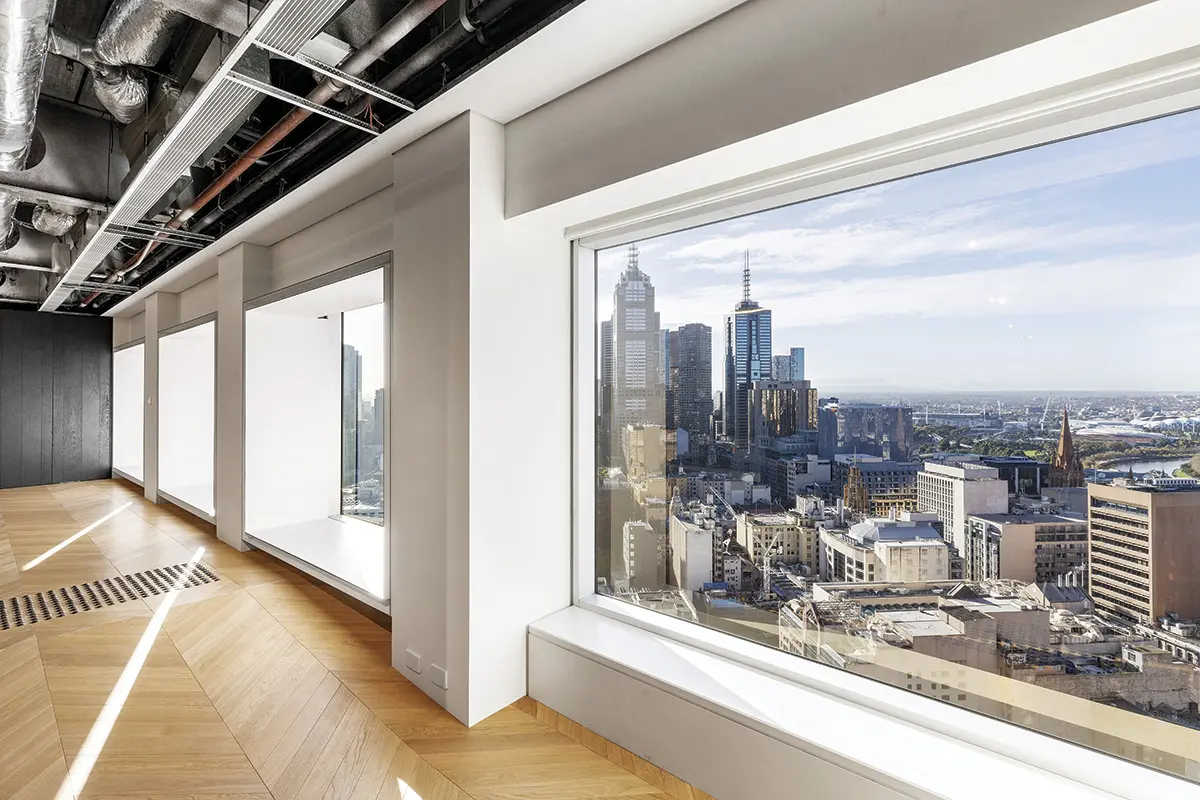An essential aspect of the commercial construction process is the Defects Liability Period (DLP). The DLP is a critical time frame following practical completion of a new build during which contractors are obligated to rectify any defects or issues that arise. It is paramount in ensuring the durability, safety and sustainability of new buildings.
While DLP primarily serves as a safeguard against construction defects, its significance transcends mere compliance—it plays a pivotal role in bolstering the economic and sustainability status of businesses. The DLP period can be greatly enhanced by applying advanced building analytics. This approach provides full visibility into the new building systems operation, systems configuration in alignment to the buildings specification, and detailed analysis of the overall completeness of the building systems implementation.

Why DLP Matters
At its core, DLP instills confidence in the quality and longevity of constructed assets. By holding contractors accountable for rectifying defects within a specified timeframe, it safeguards the interests of building owners and occupants, ensuring that their investments yield enduring value.
The importance of DLP extends beyond its immediate implications for construction quality, intersecting with broader economic and sustainability objectives. Timely identification and remediation of defects during this period not only mitigate potential safety hazards but also preempt costly repairs and disruptions down the line, thereby safeguarding financial resources and enhancing business resilience.
Building Analytics Supports the DLP
Advanced building analytics provide a powerful way to leverage the DLP to optimise resource efficiency, reduce operational costs, and foster environmental stewardship.
DLP presents an opportune window for harnessing building analytics to optimise operational efficiency and performance. Building analytics encompass a suite of data-driven tools and technologies that facilitate real-time monitoring, analysis, and optimisation of building systems and performance metrics. By integrating building analytics platforms with DLP processes, businesses can gain actionable insights into the operational health and efficiency of their assets, enabling proactive defect detection, predictive maintenance, and performance optimisation.

8 Key Benefits of Using Building Analytics during the DLP.
Using building analytics during the defects liability period offers numerous benefits. These include:
- Early Detection of Issues and Cost Savings
Building analytics can identify potential defects early on, allowing for prompt resolution before they escalate into major problems. Early detection and proactive maintenance lead to cost savings by preventing the escalated need for major repairs and minimising operational disruptions.
- Improved Maintenance Planning and Accountability
By analysing data regarding a building’s performance, maintenance needs can be accurately predicted and planned for. Efficient planning reduces downtime and incidences of unexpected repairs. Quality data-collection and reporting also helps streamline task delegation to contractors, ensuring accountability so that works are completed to standard, within the DLP.
- Enhanced Energy Efficiency
One of the primary benefits of leveraging building analytics during the DLP is the ability to identify and address underlying issues that may compromise energy efficiency and sustainability. Analytics can uncover opportunities to optimise energy usage, resulting in reduced utility costs and a smaller environmental footprint. Through continuous monitoring of key performance indicators such as energy consumption, indoor air quality, and thermal comfort, businesses can pinpoint inefficiencies and deviations from optimal performance thresholds. Promptly addressing these issues within the DLP timeframe allows organisations to optimise energy usage, reduce utility expenses, and minimise their carbon footprint, thereby advancing both economic and environmental sustainability goals.
- Optimised Comfort Levels and Occupant Satisfaction
Monitoring environmental conditions such as temperature and humidity through analytics ensures optimal tenant comfort and well-being. Proactively analysing tenant comfort and building system performance ensures that occupants experience fewer disruptions and enjoy a more comfortable environment.
- Asset Management and Extended Equipment Lifespan
Regular monitoring and maintenance based on analytics insights can prolong the lifespan of building systems and equipment. Quality data from building analytics enable businesses to adopt a data-driven approach to asset management and decision-making. Aggregating and analysing vast amounts of sensor data and performance metrics help organisations gain holistic visibility into the health and performance of their assets. Buildings with a history of proactive maintenance and optimised performance command higher resale and rental values, making building analytics a valuable investment for property owners and managers.
- Data-Driven Decision Making
Building analytics empower stakeholders to make informed decisions regarding maintenance priorities, capital investments, and sustainability initiatives, thereby optimising resource allocation and enhancing long-term asset value.
- Compliance Assurance
Analytics can help ensure that buildings meet regulatory requirements and industry standards, minimizing the risk of non-compliance penalties. In an increasingly stringent regulatory landscape, businesses are under mounting pressure to demonstrate compliance with energy efficiency standards, environmental regulations, and sustainability certifications. By leveraging building analytics to proactively monitor and optimise building performance during the DLP, organisations can streamline the process of obtaining and maintaining regulatory compliance and certifications, thereby avoiding potential penalties and unlocking new market opportunities.
8. Fosters Innovation & High Standards
The proactive approach of using building analytics technology during the defects liability period fosters a culture of continuous improvement and innovation within the built environment sector. By embracing emerging open building technologies along with advanced building analytics, businesses can stay ahead of the curve and drive ongoing advancements in building performance, resilience, and sustainability. This not only enhances their competitive positioning but contributes to a broader transition towards more sustainable and resilient built environments.
Bueno Helps During the DLP
With the help of the best building analytics, businesses can leverage the DLP as a catalyst for proactive defect detection and repairs to optimise their operational efficiency, reduce costs, mitigate risks, and advance environmental stewardship.
Bueno is a global leader in the analytics technology for the built environment. Bueno’s holistic approach covers Energy Management, Fault Detection and Diagnostics, and Building Optimisation modules. Bueno’s cutting-edge platform provides the best, scalability asset connectivity, real-time data collection and reporting. It provides a pivotal opportunity for businesses to enhance their economic and sustainability status in the built environment sector during the DLP.
To find out more about how Bueno’s platform can support your new construction during the DLP, and continue to support your economic and environmental goals, click here.











